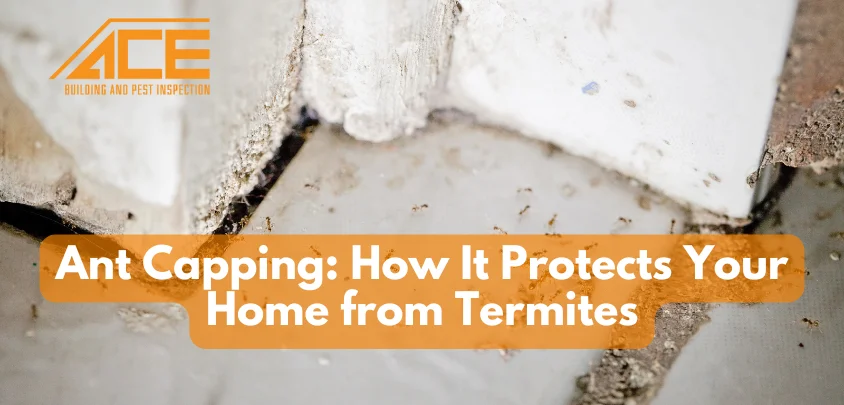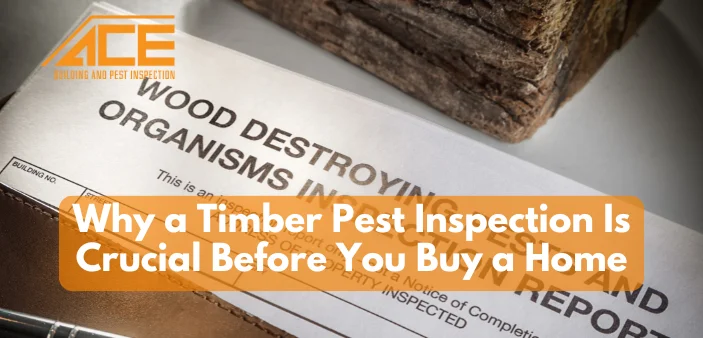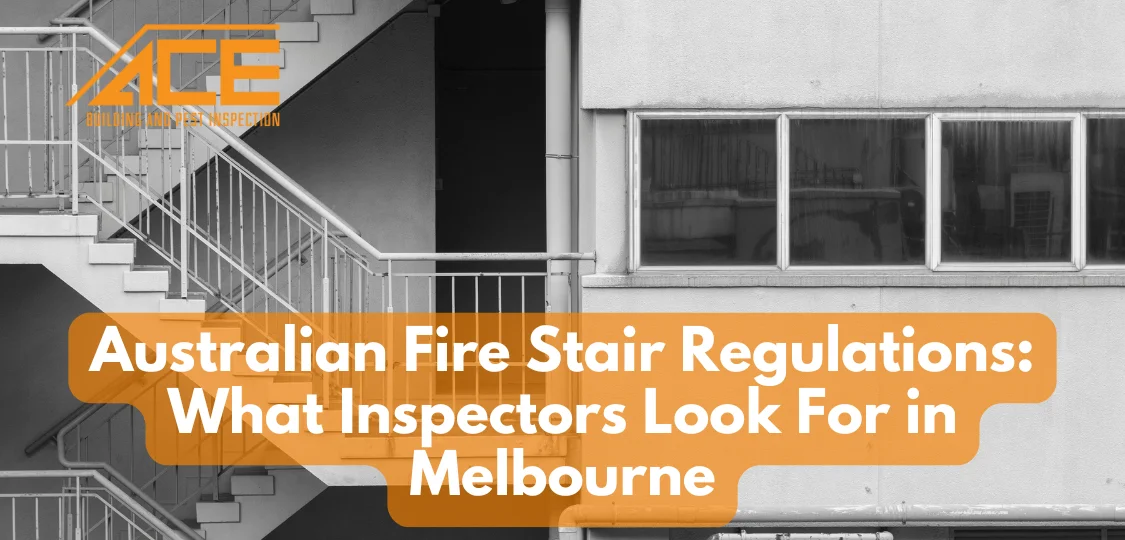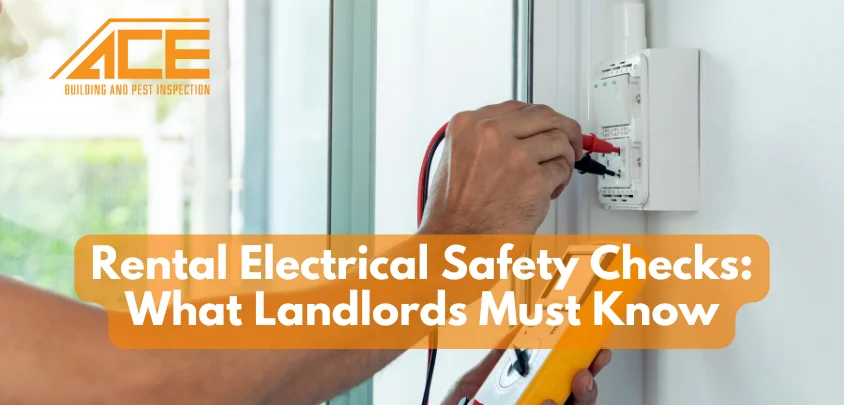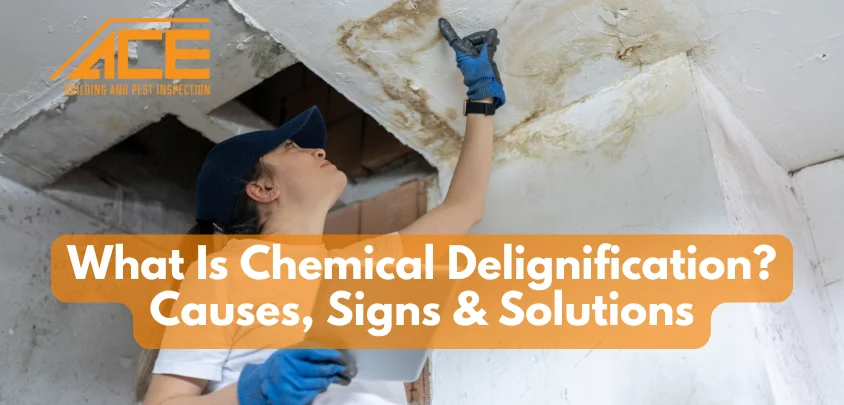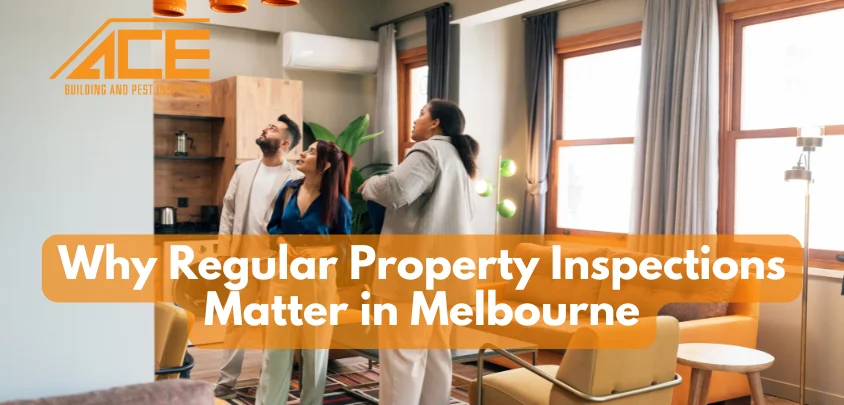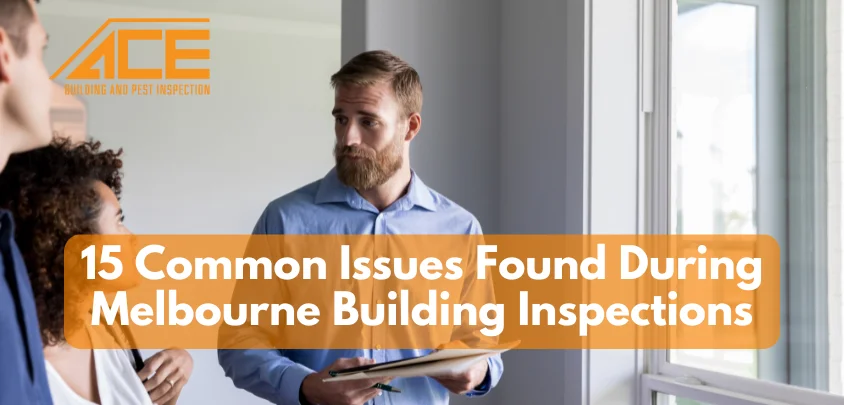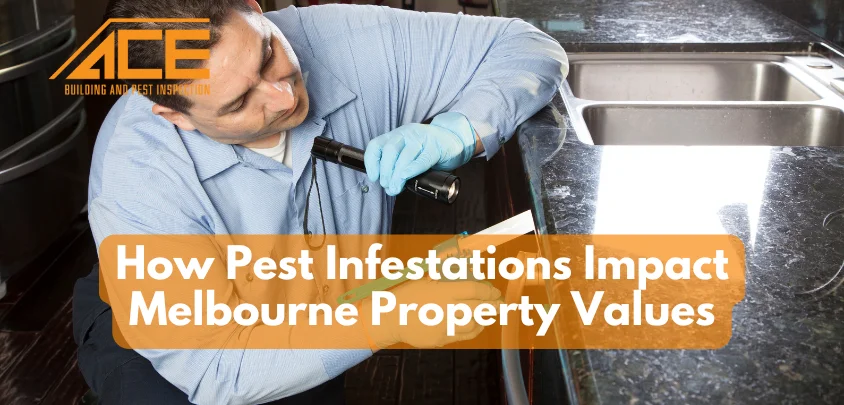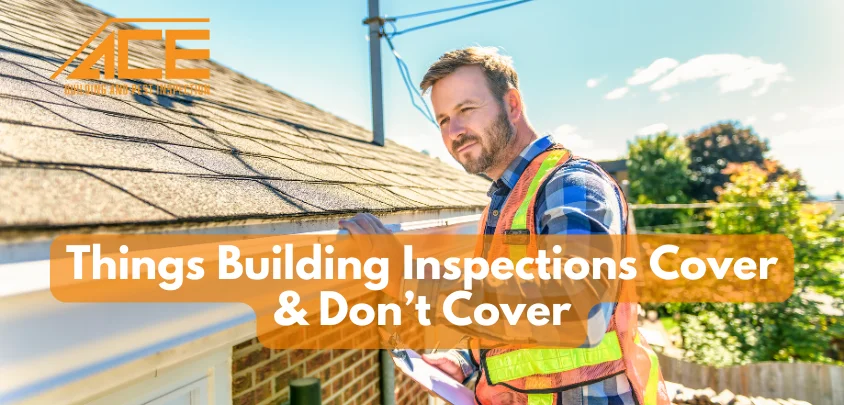Table of Content
- 1. What is Roof Sarking?
- 2. What Does Roof Sarking Actually Do?
- 3. Do You Need Roof Sarking in Melbourne?
- 4. How Is Roof Sarking Installed?
- 5. Roof Sarking Inspection: How Do You Know It’s Still Good?
- 6. Common Problems with Roof Sarking (and How to Fix Them)
- 7. Can You Add Sarking to an Existing Roof?
- 8. Why Building Inspections Matter for Roof Sarking
- 9. Final Thoughts: Is Roof Sarking Worth It?
- 10. Quick FAQs
This article covers everything you need to know about roof sarking, what it is, why it’s important, how it’s installed, and how to inspect it.
When you think about roofing, it’s easy to picture tiles, tin sheets, or maybe even insulation. But one thing that’s often overlooked, yet incredibly important, is roof sarking. If you live in Melbourne, where the weather can swing from sunny skies to stormy downpours in a matter of hours, roof sarking can be a game-changer for your home.
So, what exactly is roof sarking? What does it do, how is it installed, and how do you inspect it to make sure it’s doing its job? Let’s break it all down in plain, no-fuss Aussie terms.
What is Roof Sarking?
Roof sarking is a flexible, laminated membrane that’s installed under your roof tiles or metal sheeting. You can think of it as a protective second skin that sits just under the external roofing materials. It’s usually made from aluminium foil bonded to a layer of paper or synthetic film.
In Melbourne, most new homes are built with roof sarking as standard, especially in bushfire-prone or storm-prone areas. Older homes, however, might not have it at all. If you’re buying an existing property, a building inspection will usually include checking whether roof sarking is present and in good condition.
What Does Roof Sarking Actually Do?
It’s not just there for looks (obviously). Sarking plays multiple roles that help protect your home and make it more energy-efficient:
1. Acts as a Moisture Barrier
One of the biggest jobs of roof sarking is to stop water from getting in. If your roof tiles shift in heavy winds or a bit of rain manages to sneak through, the sarking stops it from reaching the ceiling cavity and dripping through your plasterboard.
2. Reflects Heat
The aluminium foil layer reflects radiant heat, keeping your home cooler in summer. In Melbourne’s hot summer days, roof sarking helps reduce the load on your air con.
3. Dust and Draught Control
Ever noticed how dust seems to collect in the ceiling space of older homes? Sarking acts as a barrier against dust and draughts blowing in under your tiles or sheets.
4. Bushfire Protection
Melbourne has its fair share of bushfire zones, especially on the outer edges like the Dandenongs or Yarra Ranges. In these areas, sarking is vital — it helps prevent burning embers from entering your ceiling cavity.
5. Improves Insulation Performance
When paired with ceiling insulation, roof sarking boosts the overall thermal performance of your home, making it more energy efficient and comfortable year-round.
Do You Need Roof Sarking in Melbourne?
Short answer: Yes, in most cases.
Here’s when it’s most important:
- If you’re building a new home, Sarking is usually part of the code.
- If you’re re-roofing an older home, it’s a great opportunity to upgrade.
- If you live in bushfire-prone or high-wind areas, it adds a valuable layer of protection.
- If you’re trying to improve energy efficiency, every bit of thermal control helps.
How Is Roof Sarking Installed?
Installing roof sarking isn’t a DIY job unless you’ve got proper roofing experience. It’s usually done during construction or major roof renovations, because it goes under the tiles or sheets.
Here’s how it works:
1. Prep the Roof Frame
- The roof trusses are first set up, ready for the sarking to be rolled out before tiles or metal sheeting goes on.
2. Roll Out the Sarking
- The sarking sheets are rolled across the rafters, with an overlap of about 150mm to ensure a continuous barrier.
3. Fasten Securely
- Sarking is stapled or nailed to the rafters using fixing battens.
4. Seal the Gaps
- Tapes or sealants may be used at overlaps and around roof penetrations (like chimneys or skylights) to stop water ingress.
5. Install Roofing Material Over the Top
- Once sarking is down, roof tiles or Colorbond sheets go on over the top.
Important Note: For metal roofs, sarking may need to include anti-condensation properties to stop water forming on the underside of the metal.
Roof Sarking Inspection: How Do You Know It’s Still Good?
Roof sarking isn’t visible from the outside, and if your ceiling’s finished, it’s hidden above that too. So, how do you know it’s working?
Here are some ways to check:
1. Professional Roof Inspection
Hire a qualified roofer in Melbourne to inspect your roof. They can check for sagging, tearing, or water damage under the roofing.
2. After a Storm
If you’ve just had a big Melbourne storm, and you notice leaks or ceiling stains, it could mean your sarking is damaged or not installed properly.
3. During Renovations
If you’re doing any kind of roof, ceiling, or insulation upgrade, get the tradies to take a look at the sarking while they’re up there.
4. Thermal Imaging
Some pros offer thermal imaging to check how well your home is insulated, and sarking plays a role here too.
Common Problems with Roof Sarking (and How to Fix Them)
Even though it’s super helpful, sarking isn’t immune to issues. Here are a few common ones Melbourne homeowners might face:
❌ Torn or Damaged Sarking
Strong winds, falling branches, or rough handling during installation can tear the material. Solution? Replace the affected section during roofing works.
❌ Poor Installation
Sarking needs to be installed with proper overlaps and fastening. If it’s loose or poorly sealed, it won’t do its job. Always go with a qualified roofing contractor.
❌ Moisture Build-up
If your sarking isn’t breathable and your roof cavity doesn’t have proper ventilation, it can trap moisture. Make sure you’ve got ridge vents or eave vents to let airflow in.
Can You Add Sarking to an Existing Roof?
Technically, yes — but it’s not simple. Retrofitting sarking means taking off your roof tiles or sheets, laying the sarking, and then reinstalling the roofing materials.
That’s why it’s usually done during:
- Roof replacements
- Major renovations
- Conversions (like turning a roof cavity into a loft)
If you’re planning a reno, talk to your builder about whether it’s worth adding sarking to improve your home’s energy efficiency and protection.
Why Building Inspections Matter for Roof Sarking
A professional building inspection isn’t just about finding pests or dodgy plumbing. In Melbourne, roof structure and weatherproofing (including sarking) are key parts of the report, especially with our unpredictable weather patterns.
If you’re:
- Buying a property: Request a detailed roof and insulation report.
- Selling a home: Make sure your sarking and insulation meet code to avoid surprises.
- Planning a reno: A pre-renovation inspection can guide your roofing strategy.
Final Thoughts: Is Roof Sarking Worth It?
Absolutely. For Melbourne homeowners, roof sarking adds real value, from weather protection to energy savings and peace of mind. Especially with our unpredictable climate and increasing focus on sustainable homes, sarking is more than just an optional add-on. It’s a smart investment.
Whether you’re building a new home, renovating, or just trying to better understand how your roof works, knowing what sarking does can help you make better decisions about your home.
More Resources:
Rental Electrical Safety Checks
Quick FAQs
1. How long does roof sarking last?
If installed properly, roof sarking can last 20–40 years, depending on material quality and exposure.
2. Is roof sarking fireproof?
Not fireproof, but in bushfire zones, fire-retardant sarking is used to block ember entry.
3. Can roof sarking reduce power bills?
Yes! By reflecting heat in summer and helping insulation work better, sarking helps reduce heating and cooling costs.
4. Is it required by law in Melbourne?
In BAL-rated (Bushfire Attack Level) areas, yes. Otherwise, it’s recommended for most builds but not mandatory.

